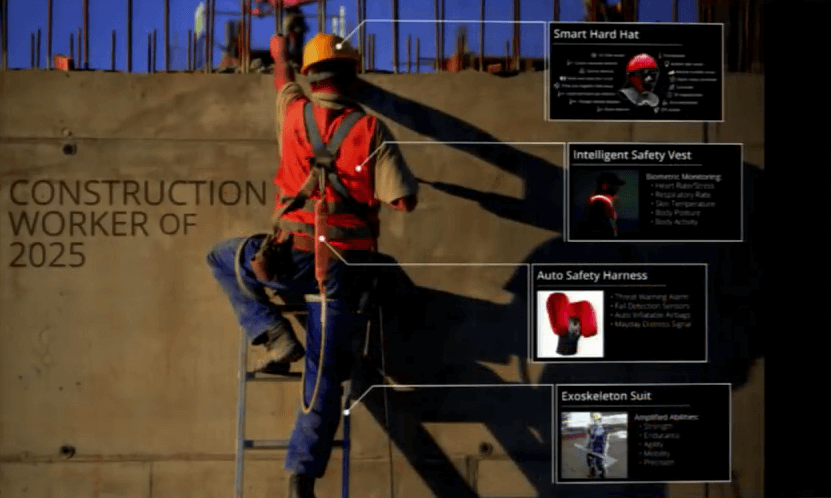
When it comes to wearable technologies, most experts would tell you that its primary focus is the consumers. What does this imply? It’s essential to develop it in a way where the consumers would greatly benefit. Likewise, contrary to popular belief, wearables aren’t just a fad. They can be quite useful, especially in the construction industry.
Here’s how wearable technology will reshape construction zone safety.
Smarter Site Monitoring
As technology continues to improve, we can expect that some areas will be classified as “out of bounds” as dangerous operations are being carried out. The problem is, no matter how much you warn the workers to stay out of these zones, or even if you mark these areas, accidents are bound to happen.
This is where smart site monitoring becomes helpful. You’ll have the peace of mind that the whole area is being monitored at all times, and if accidents occur, those who are in charge will be alerted right away.
GPS Technology
GPS technology is a type of technology utilized to direct journey from one place to another with the car. Part of this is “geofencing” wherein one can come up with a no-go zone on their digital maps. Likewise, GPS technology is embedded into wearables, can be utilized to monitor the geofences and notify the wearer if the area is dangerous or not.
Similarly, it could also send warnings to the supervisor to inform them about possible issues and who the wearer is. Furthermore, GPS technology can also be attached to construction cones, which would tell the workers where these are situated.
Despite that, it’s also important to consider that not every action is limited to a particular zone. For example, heavy machinery such as trucks or backhoes could be a potential hazard to the construction team as they move around the area. Fortunately, Caterpillar came up with a system known as “CAT Detect Personnel” that would assist the workers.
The use of wireless tags connected to the machinery and present in clothing, such as high-visibility vests and hard hats make everyone informed of what is happening to other workers.
For example, if the tag is connected to a person and he comes close to the vehicle, then it would ring the alarms and sent alerts to everyone that there’s a possible danger ahead.
Protecting the Workers
For those who are into a wholesome approach or has to focus on the well-being of the workers, wearables are an excellent solution that works well in checking general health. There are also smartwatches that offer a way to analyze pulse and other devices that could monitor blood pressure or even know if the worker got into an accident.
The deployment of these wearables in the construction industry offers early warning signs of possible problems. It could also reduce the number of fatalities, because it could determine if the worker is very ill or not fit for work.
Monitoring and following-up these factors would allow the workers to identify and deal with specific health problems quickly, and it could also be used to avoid non-reporting of serious incidents that could have an impact on workers.
Possible Issue with Wearables
For some, they are quite skeptical regarding the efficiency of wearables thinking that it wouldn’t really work the way it’s supposed to. Although this may be true to some extent, it’s also worth noting that developers continue to look for ideas on how to improve these devices. Which only implies that if they have flaws now, these would still be resolved in the long run.
Who Should Use Wearables?
Wearables are perfect for large contractors that more than 21% of them have been using these devices lately. This has been supported by a 2017 survey where it was revealed that a lot of construction companies are encouraging the use of smart wearables.
Furthermore, around 82% of the respondents claim that wearables actually have a positive impact in terms of safety.
Managing Wearables and Workers
The implementation of wearables in the construction site means workers and supervisors should know how to use these properly. To make that happen, training is crucial, and managers would have the responsibility to learn how to assess worker usage.
Likewise, managers should also be able to address privacy concerns, and if some workers don’t feel comfortable being closely monitored, then it’s important to explain to them why this is being done.
You’ll also like: Construction Inventory Management Software To Streamline Workflow
This new technology, how to wearable the safety gear of every worker who worked in every construction site. Not only the old safety gear that most of the workers do, but it has the new technology how to monitor every movement of certain individuals who used to work in the construction site.